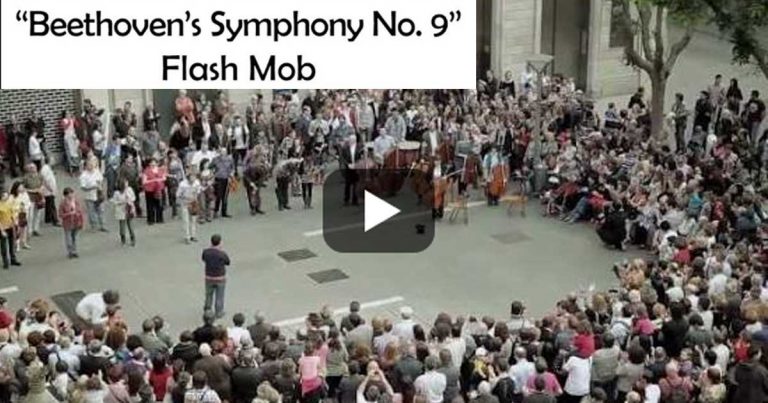Bach – St Matthew Passion BWV 244 | Why Does it Enchant so Many Generations?
Updated:
The Passion according to Saint Matthew, composed by Johann Sebastian Bach, is a monumental work that stands as one of the greatest masterpieces in Western classical music. Bach composed the piece in 1727 and it was first performed on Good Friday of the same year at the St. Thomas Church in Leipzig, where Bach served as the music director.
Bach – Saint Matthew Passion BWV 244
The composition is structured as an oratorio, which is a large-scale musical work for orchestra, choir, and soloists. It tells the story of the crucifixion of Jesus Christ as narrated in the Gospel of Matthew, with added poetic and reflective texts. The work is divided into two parts, with the first part focusing on the events leading up to the crucifixion and the second part depicting the actual crucifixion and death of Jesus.
Musically, the Passion according to Saint Matthew is characterized by its intricate polyphonic textures, rich harmonies, and expressive melodies. Bach combines chorales, arias, recitatives, and choruses to convey the emotional and dramatic aspects of the narrative. The use of different musical forms and styles, such as fugues, arioso passages, and chorales, adds depth and complexity to the composition.
Bach’s skillful use of orchestration and vocal writing creates a powerful and moving musical experience, capturing the profound emotions of the story. The work also features elaborate instrumental interludes and reflective moments, enhancing the overall dramatic impact.
Conclusion
The Passion according to Saint Matthew has had a lasting impact on music history and continues to be performed and revered by musicians and audiences worldwide. Its profound spiritual and artistic significance has solidified its place as a cornerstone of sacred choral music and a testament to Bach’s genius as a composer.
